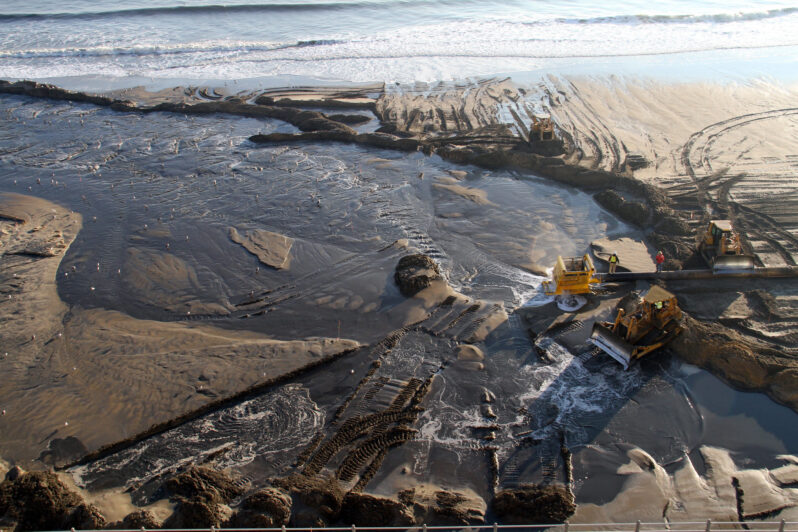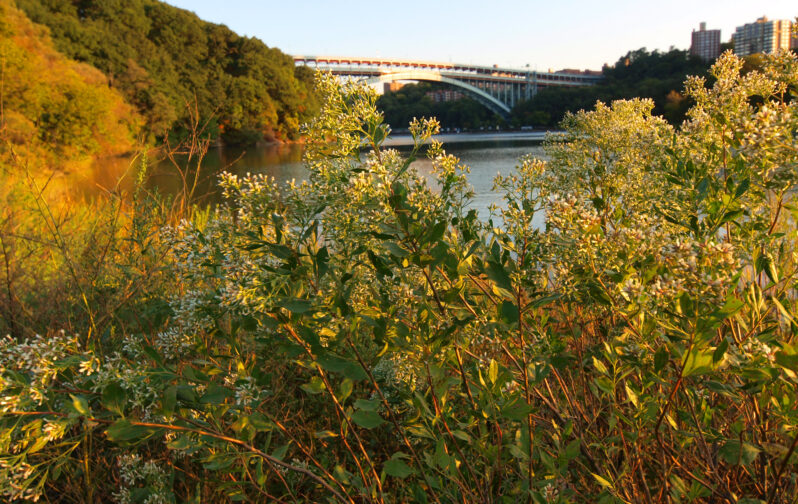Beach Nourishment: A Critical Look – Gary Griggs | Journal of Coastal Research

More than $15 billion, mostly federal dollars, have been spent moving sand to the shoreline for both recreational and shoreline protection benefits. Still, whether in New Jersey, New York, North Carolina, Florida, or California, the life span of the sand added artificially to these beaches in many cases has been relatively short and in some instances has been less than a year…
Northern Manhattan Wetland Faced with Climate-Change-Induced Erosion is Reimagined – Inside Climate News

When the New York Restoration Project first started working in the late 1990s to clean the unnamed shoreline along the Harlem River in northern Manhattan, the intertidal mudflat and wetlands weren’t just a neglected area, but a former illegal dumping ground. How the cove, the largest wetland left in Manhattan, has become a bountiful greenspace where migrating birds, crabs, tadpoles and toads are all thriving, despite the existential threat posed by climate change in shoreline communities, is a story of robust community involvement and skillful coastline management…
